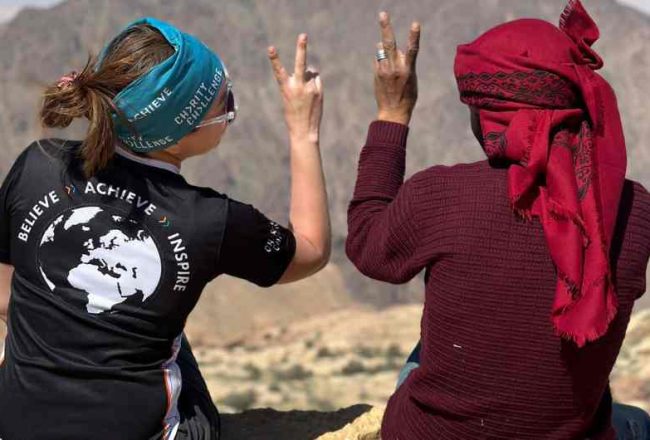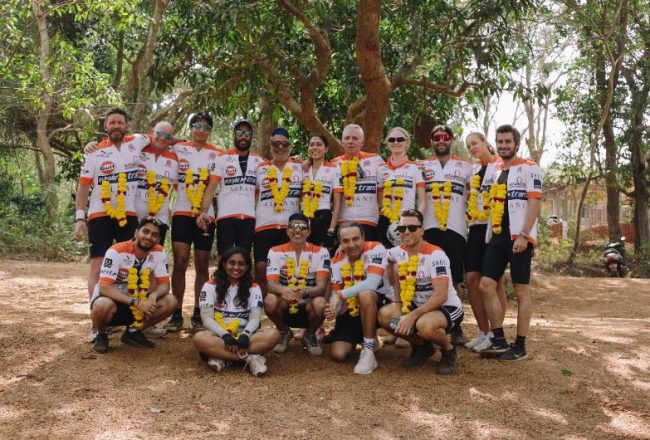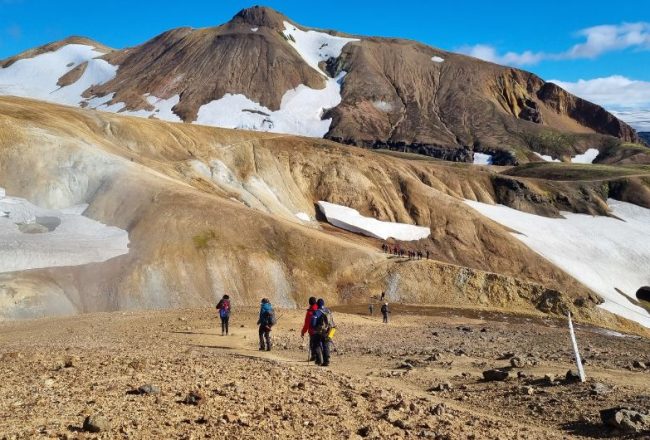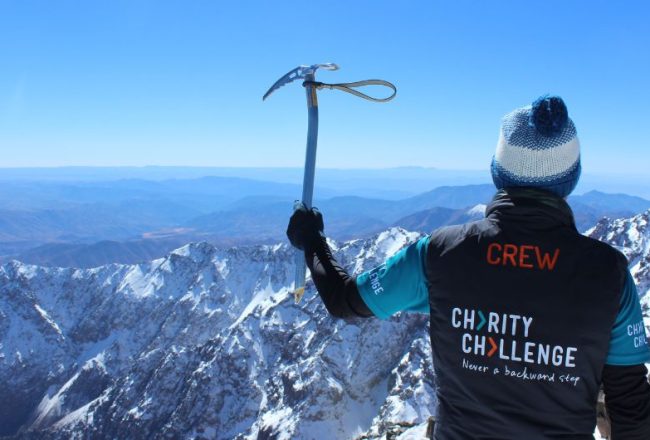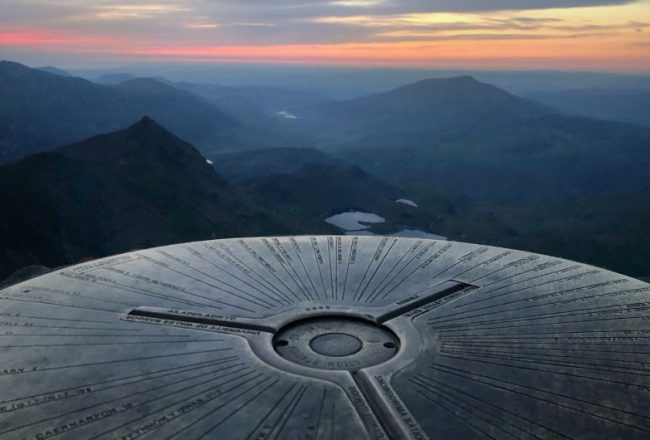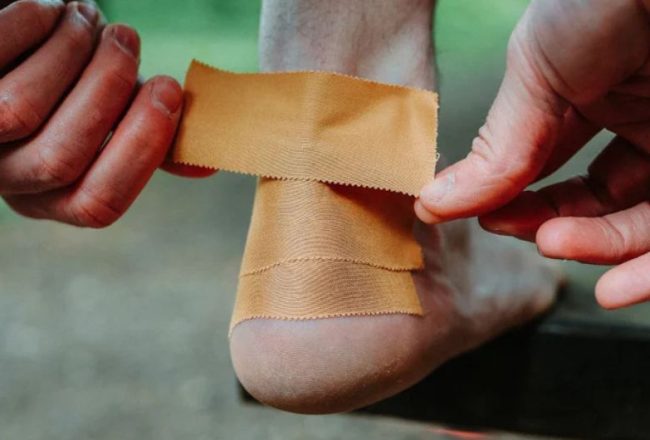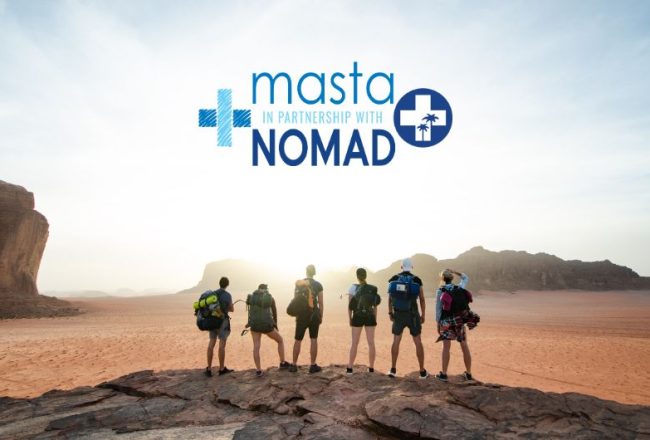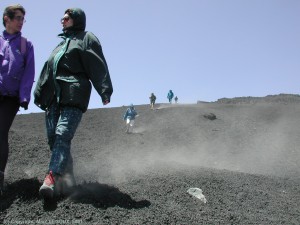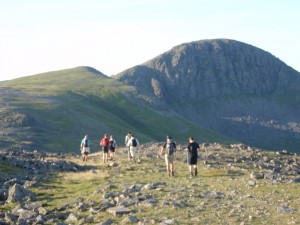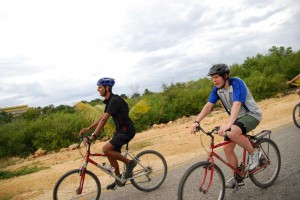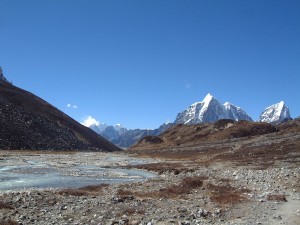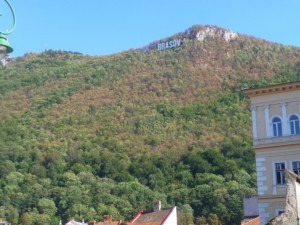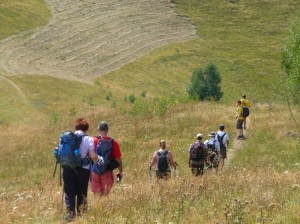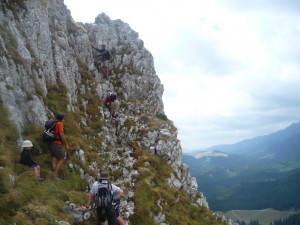If you need proof that age does not define what you can and can’t do, look no further than the inspirational exploits of Canadians Esther (84) and Martin Kafer (85), who set the world record for the oldest ever couple to climb Mount Kilimanjaro, Africa’s highest mountain!
Peak performers, Martin and Est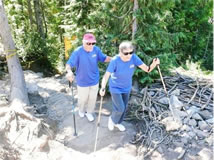 her reached the summit of Kilimanjaro earlier this month, after a five-day trek, as part of the Ascent for Alzheimer’s fundraising initiative in support of the Alzheimer Society of BC, fundraising a reported CAD$310,000!
her reached the summit of Kilimanjaro earlier this month, after a five-day trek, as part of the Ascent for Alzheimer’s fundraising initiative in support of the Alzheimer Society of BC, fundraising a reported CAD$310,000!
Esther and Martin have always had a very active lifestyle, having honeymooned in the Swiss Alps and made more than 30 first ascents of British Columbia peaks. They were motivated by Martin’s sister’s rapid decline into dementia to take on an extra special challenge. Continue Reading…

